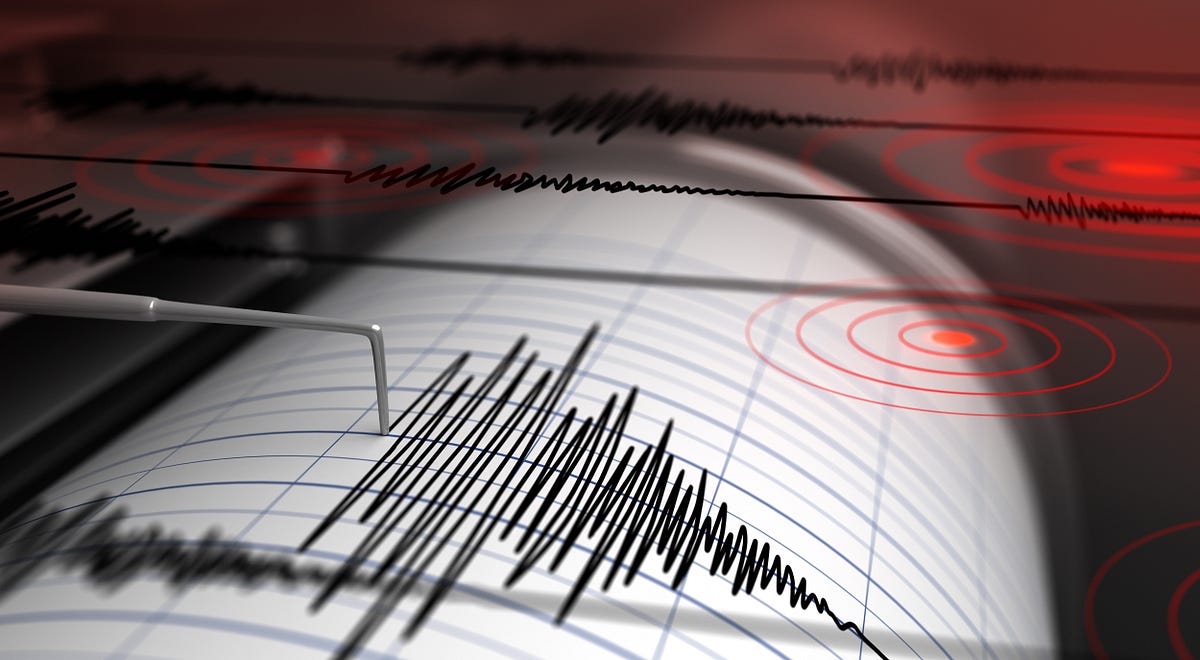Let’s speak about how we will optimise product experimentation by understanding the character of earthquakes.

A good analogy might help individuals perceive complicated matters and even change the way in which they view the world round them. Evaluating product experiments to earthquakes is considered one of my favorite analogies and one I’ve used for a number of years now.
All through my profession, I’ve watched stakeholders underestimate the significance of choosing the proper metrics when figuring out the right way to consider the end result of an experiment, with many wanting to make use of some sort of gross sales or income measure as the first key efficiency indicator (KPI) — with the conversion price being the preferred.
While I like the ambition, as a rule, these experiments would happen so removed from the purpose of buyer buy — that any affect made via the introduction or change of some impartial variable on the experimental group — the check itself would then be diluted by the point the shopper reached the second once they really purchase the product.
I think about this example is just not unfamiliar for most of the readers of this submit. I even think about that a lot of you studying this have the mindset of my ex-stakeholders. In any case, “Why shouldn’t each experiment be used to find out the affect on firm targets?”.
In concept, your argument is sensible, nevertheless, in the actual world, as soon as unpredictability and chaos is launched — that’s not how the world works. For this reason we will use an earthquake analogy to elucidate additional.

Think about your web site because the Earth, the place:
- The land is your web site or app.
- The earthquake is the experimental variable.
- The epicenter is the place the variable is launched (homepage, checkout, and so on.)
- The magnitude, measured utilizing kilograms (kg) of TNT on the Richter scale, is the scale of the change of change you’re making or introducing to the web site.
- The depth is the diploma of shaking attributable to the earthquake measured at a given level i.e. the affect on the KPI you’re measuring. The affect decreases with distance from the earthquake epicenter.

Due to this fact, in the event you always run small (magnitude 1) experiment (earthquake) in your homepage (epicenter), measuring the affect (depth) on the checkout web page 6 steps alongside the funnel (distance from epicenter) will end in your devices (KPIs) not detecting any readings.
That is the place understanding your metrics is essential. Positive you may not really feel the affect of your check in your conversion, however when you’ve got a deep understanding of your unit economics — you’ll know what the levers are that drive conversion and even lifetime worth (LTV) and you need to use your experiments to drag these.
Perceive the worth of your proxy metrics!

One different is to carry the epicenter nearer to the place you’ll be measuring conversion. I name this the “closest to the cash” strategy, as you may make small modifications nearer to the purpose of conversion that yield an even bigger affect than working small to medium measurement experiments a lot farther away.
The opposite different in fact is to run checks that measure off the chart on the Richter Scale, however as you may need noticed on the x-axis of the graph above, these are far and few in nature and in expertise.
However hey, that’s the entire level of experiments proper? Go large or go house man!
Glad experimenting. Keep in mind to observe, clap and share.

